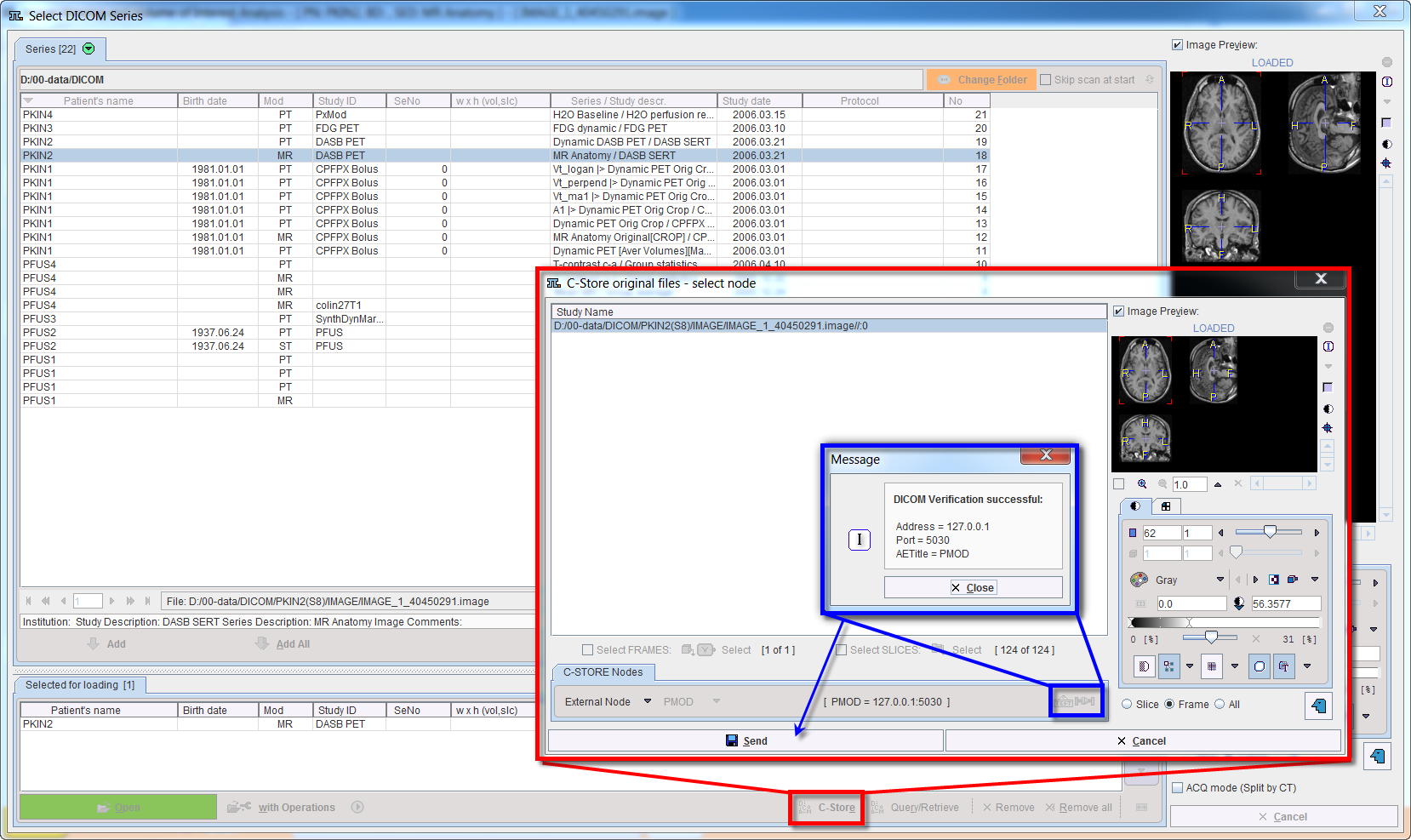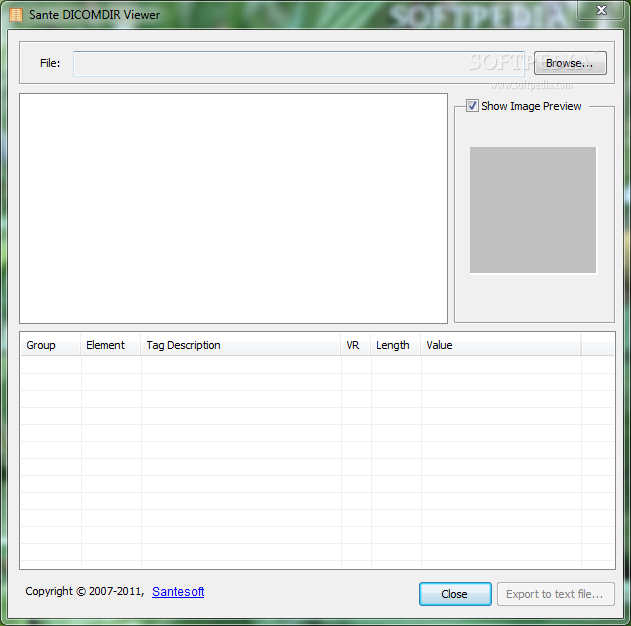

- How to open dicomdir file driver#
- How to open dicomdir file software upgrade#
- How to open dicomdir file Pc#
- How to open dicomdir file mac#


How to open dicomdir file Pc#
Place the "bad" CD in any old PC that has a USB port.Flash drives (or your new iPod Shuffle).Osirix should now be able to read the image data.
How to open dicomdir file mac#
How to open dicomdir file driver#
In the past, they have used a GEARWORKD CD Driver that the Macintosh could not read.ĬD/DVD Preferences for importing images from a Vitrea CD or DVD Opening Other Mac-Unfriendly CD's with OsiriX
How to open dicomdir file software upgrade#
Also, you must have the latest software upgrade from VITREA."Load only files described in the DICOMDIR file" to "Load all "DICOM" files available on the CD/DVD ( this doesn't rely on the DICOMDIR file) as in the screen shot below:.the preferences in Osirix must be changed from:.For earlier versions of Vitrea follow this process to successfully import images: All versions of Vitrea 3.8 or higher (current version as of 2008 is 4.1)do support the DICOM standard and do include a DICOMDIR upon export to CD/DVD. Special Notes for Importing Images from early versions of Vitrea Workstation software Įarlier versions of Vital Images Vitrea workstation software (prior to version 3.8) did not follow the DICOM standard in that they did not write a DICOMDIR when exporting to a CD or DVD. You can also “drag-and-drop” files directly from the desktop into the “Local Database” window. Multiple files and/or folders can be selected by clicking while holding the ‘shift’ key. You then select either files or folders containing files. If you have DICOM files on your hard drive, or have a DICOM CD-Rom, you simply need to click on the “Import” button of the “Local database” window. Importing DICOM Images into OsiriX from Local Media The AE Title, port, and hostname (IP address) of OsiriX need to entered into the remote device of PACS. However, if you want to retrieve studies, the remote devices needs to be set up to send to OsiriX. The query field has a pull down menu with more options. Type the name or part of a name in the search field and hit the return key. Select the location and verify the connection if you want to. To query, first go to the preferences and under Locations add the AE Title, port, and hostname ( IP address) of the remote location. Queries can be performed even if the other device is not configured to send to OsiriX. OsiriX can query other DICOM devices such as workstations, CTs, MRIs, etc. Using OsiriX as a Query-Retrieve PACS Workstation Īs of version 1.7.1 OsiriX cannot be queried by another workstation. If your OsiriX workstation is configured for multiple OsiriX users who log in via the fast user switch, then each user must have a separate AE title and port number. “Preferences” window to configure the “DICOM Listener” Don't forget to leave OsiriX running - the DICOM Listener works only if OsiriX is active! Then, contact your “friendly” PACS manager to configure the PACS. OsiriX and the PACS workstation must be first configured: Assign an AETitle and a Port number to OsiriX in the “Preferences” window. In this configuration, DICOM images are sent from a PACS workstation to a Mac computer running OsiriX, which passively receives the images. If you are working in a PACS environment, the easiest way to import DICOM images into OsiriX is to configure OsiriX as a “DICOM Listener”. Using OsiriX as a Passive DICOM Listener Images can either be pushed from the PACS using a DICOM "store" function, or they can be "pulled" by the DICOM query-retrieve function of OsiriX. Importing DICOM Images into OsiriX via a Network 3 Viewing and Saving the DICOM Header of DICOM Images.2.2 Opening Other Mac-Unfriendly CD's with OsiriX.2.1 Special Notes for Importing Images from early versions of Vitrea Workstation software.2 Importing DICOM Images into OsiriX from Local Media.1.2 Using OsiriX as a Query-Retrieve PACS Workstation.1.1 Using OsiriX as a Passive DICOM Listener.1 Importing DICOM Images into OsiriX via a Network.


 0 kommentar(er)
0 kommentar(er)
